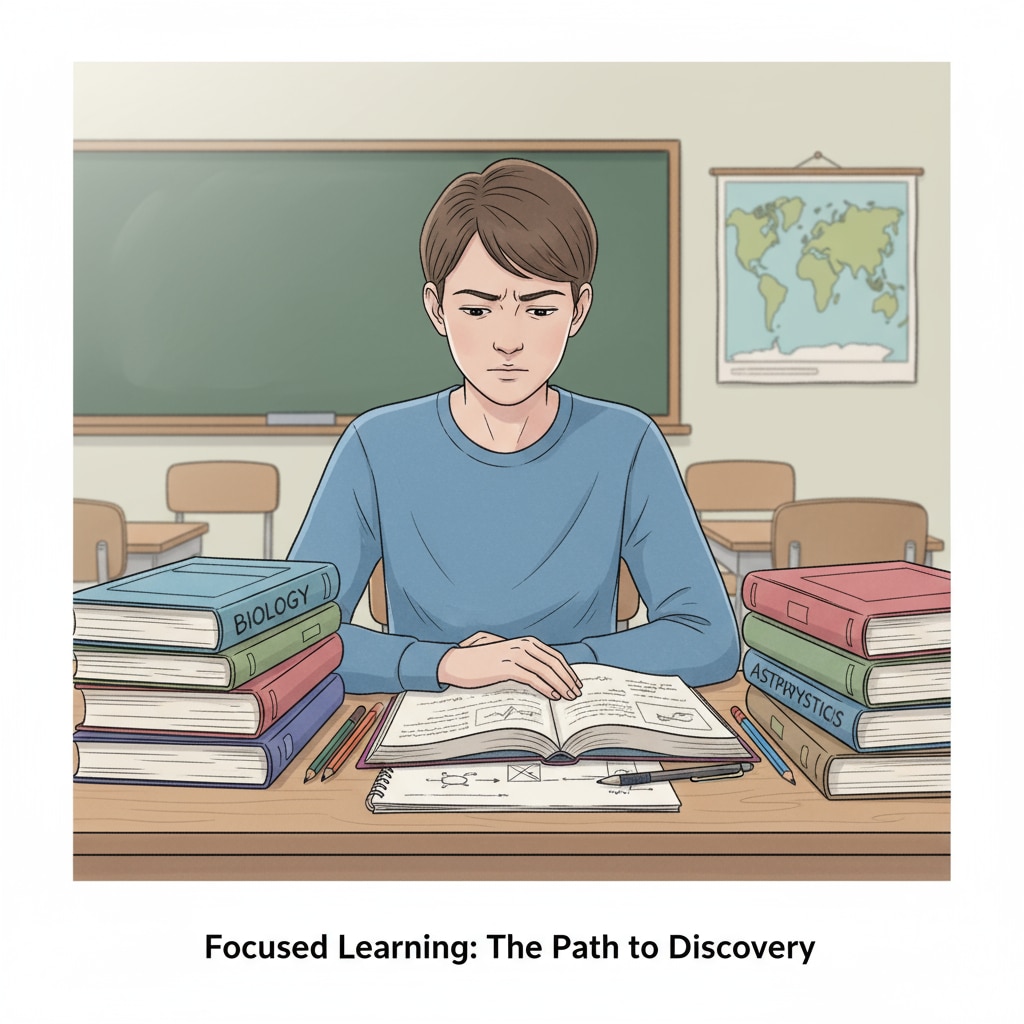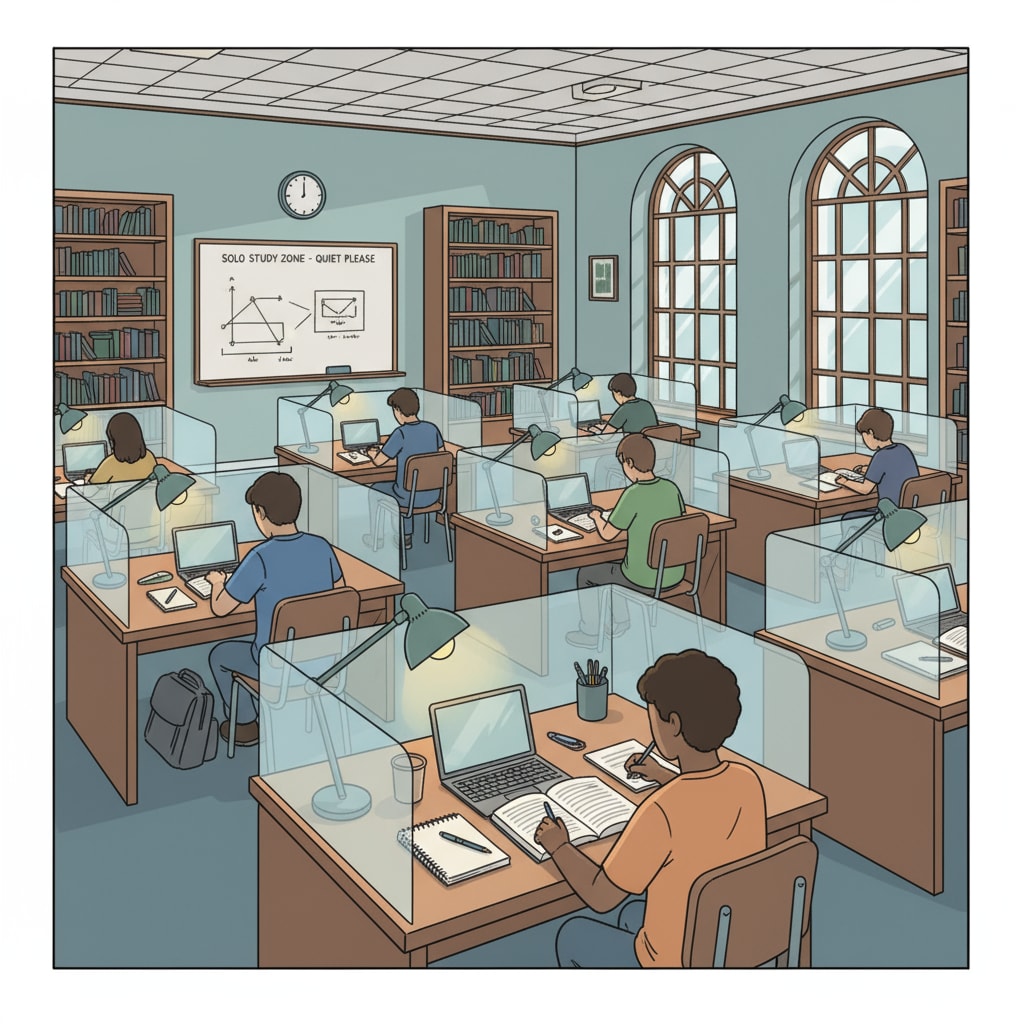In the modern educational environment, the concepts of solitude learning, social pressure, and teacher intervention are becoming increasingly important. Today’s schools often promote collaborative learning, but this can put a lot of pressure on students who prefer to learn alone.

The Rise of Solo Learners
Many students thrive in a solitary learning environment. Solitary learning allows them to focus deeply on the material, process information at their own pace, and avoid distractions. According to Psychology Today, some individuals have a natural inclination towards independent study. These students may feel overwhelmed in group settings, where social interactions can be a source of stress rather than a facilitator of learning.

The Burden of Social Pressure
Despite the benefits of solitude learning, students who prefer this style often face social pressure. In schools, group projects, discussions, and team activities are highly emphasized. This can make solo learners feel like outliers. They may be reluctant to participate, not because they lack the ability, but because the social aspect of learning causes anxiety. For example, a solo learner might struggle to contribute in a group discussion due to shyness or a preference for independent thought. As a result, they may be at a disadvantage academically and socially.
The Role of Teacher Intervention
Teachers play a crucial role in addressing the needs of solo learners. They can recognize these students’ preferences and provide appropriate support. Teachers can create opportunities for independent work within the curriculum, such as individualized projects or self-paced assignments. Additionally, they can help solo learners gradually develop social skills in a more comfortable way, like by arranging small, less intimidating group activities. As stated by the National Education Association, educators should be attuned to the diverse learning styles of their students.
In conclusion, it’s essential to respect the choice of solitude learning and reduce the social pressure on these students. With proper teacher intervention, we can create an educational environment that caters to the needs of all learners, whether they prefer to study alone or in groups. By finding this balance, we ensure that every student can reach their full potential.
Readability guidance: Using short paragraphs and lists helps summarize key points. Each H2 section can have a list to present information clearly. Controlling the passive voice and long sentences makes the text more accessible. Adding transition words throughout the article improves flow and coherence.


